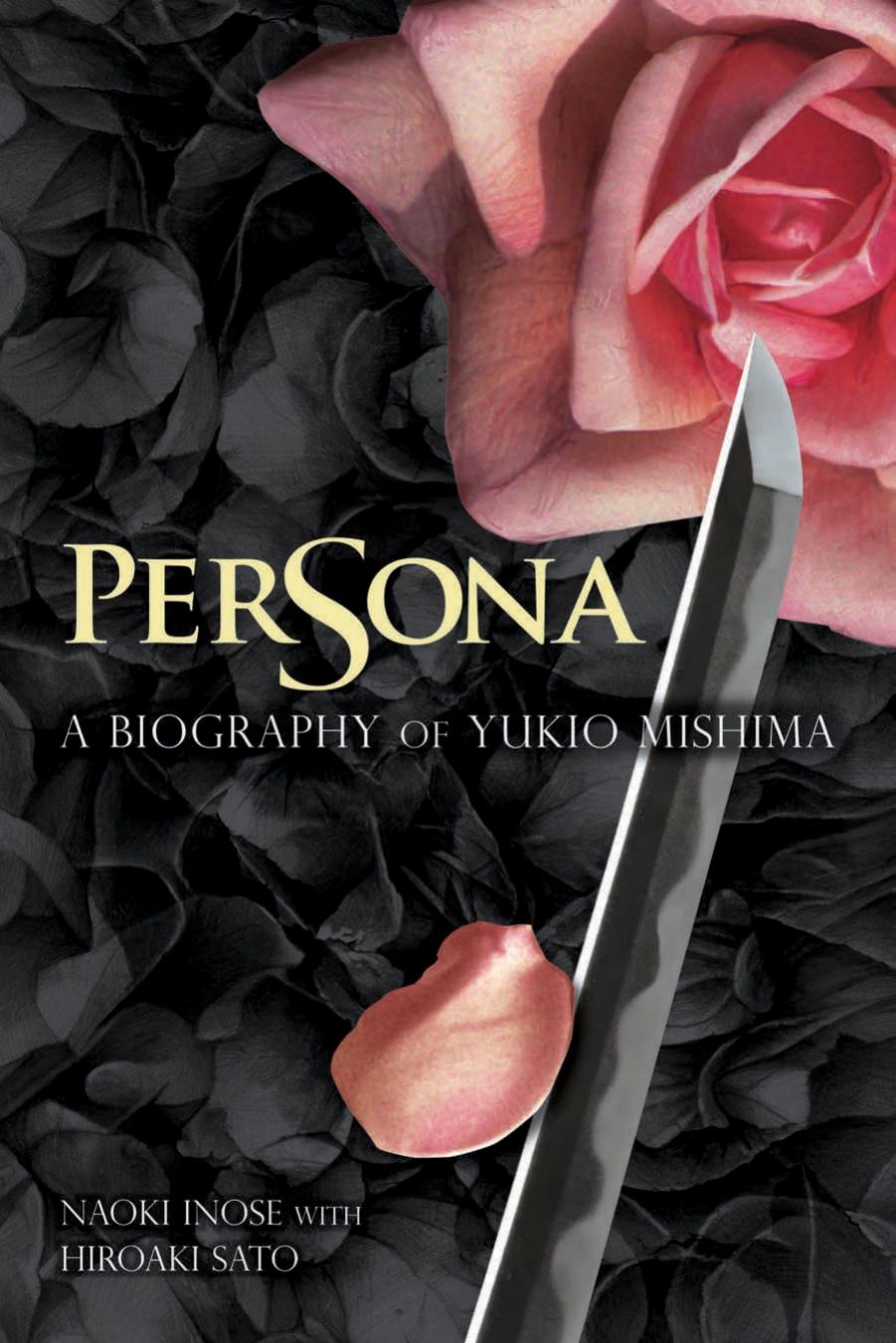Persona: A Biography of Yukio Mishima by Naoki Inose Hiroaki Sato

Author:Naoki Inose, Hiroaki Sato
Language: eng
Format: epub, pdf
Self-appointed Japanese Expert
On September 5, Mishima left, with YÅko, for another world tour, which would last until October 31. The two traveled to New York, Stockholm, Paris, Hamburg, and Bangkok before returning to Tokyo. The Vietnam War was worsening, but he included Bangkok in his itinerary because of the Phra Phang, the Temple of Dawn, there. He planned to use it in his tetralogy, The Sea of Fertility, the first installment of which he had submitted to ShinchÅ for its September issue.
Mishima also crossed over to Cambodia to visit Angkor Thom, in Siem Reap. There, when he saw the stone statue of âthe Leper King,â he had an idea for a new play on the assumption that the Leper King was Jayavarman VII, the conqueror and unifier of Cambodia who out of his deep religiosity built the ruinously extravagant Angkor Thom. In truth, the statue in question may represent not the king, but âa god of death.â Also, though much of the kingâs life is shrouded in mystery and legend, what is known suggests he lived to ninety or so. Yet because the partially lichen-covered statue, in the traditional Buddhist posture of âsitting in meditation,â shows a youthful-looking full-bodied man,37 Mishima, that night, in his room of the Auberge de Temple, in front of the walled city, worked out the outline of a play about a king who dies of leprosy in his youth that was to embody the notion, âThe body is eternal, youth immortal.â38 The play in the end would be titled The Terrace of the Leper King (RaiÅ no terasu).
It was while Mishima and YÅko were in Stockholm, from September 22 to 27, that the Associated Press in two dispatches from that city mentioned Mishima as a candidate for the Nobel Prize, and it was while the two were in Bangkok, where they stayed the longest, from October 12 to 30, that the wire service, again from Stockholm, reported, on October 14, that Mishima was among the finalists.
These dispatches inflamed the Japanese mass media. The only Japanese winner of a Nobel Prize till then was the physicist Yukawa Hideki, who had received it, in 1949, for his prediction in the mid-1930s of the existence of the meson. The timing of the award and the nature of the fieldâthe international prize came when Japan was still struggling with the aftermath of the war, including the nuclear devastationsâhad left the greatest impression on the Japanese. But since then there had been no Japanese recipient of the prize.
Among others, the Yomiuri Shinbun carried a long article with a zealous title, âThe Nobel Prize and Japanese Literature,â in its evening edition of October 15th. To the dailyâs embarrassment and the disappointment of all Japanese, the news from Stockholm the very next day was that the prize went to the Russian writer Mikhail Sholokhov whose masterwork, And Quiet Flows the Don, had won great acclaim. Less than a week later, however, the Japanese media became worked up again: a Nobel Prize was
Download
Persona: A Biography of Yukio Mishima by Naoki Inose Hiroaki Sato.pdf
This site does not store any files on its server. We only index and link to content provided by other sites. Please contact the content providers to delete copyright contents if any and email us, we'll remove relevant links or contents immediately.
4 3 2 1: A Novel by Paul Auster(12289)
The handmaid's tale by Margaret Atwood(7684)
Giovanni's Room by James Baldwin(7199)
Asking the Right Questions: A Guide to Critical Thinking by M. Neil Browne & Stuart M. Keeley(5654)
Big Magic: Creative Living Beyond Fear by Elizabeth Gilbert(5616)
Ego Is the Enemy by Ryan Holiday(5297)
The Body: A Guide for Occupants by Bill Bryson(4978)
On Writing A Memoir of the Craft by Stephen King(4864)
Ken Follett - World without end by Ken Follett(4647)
Adulting by Kelly Williams Brown(4489)
Bluets by Maggie Nelson(4478)
Eat That Frog! by Brian Tracy(4438)
Guilty Pleasures by Laurell K Hamilton(4363)
The Poetry of Pablo Neruda by Pablo Neruda(4041)
Alive: The Story of the Andes Survivors by Piers Paul Read(3970)
White Noise - A Novel by Don DeLillo(3955)
Fingerprints of the Gods by Graham Hancock(3943)
The Book of Joy by Dalai Lama(3904)
The Bookshop by Penelope Fitzgerald(3780)
